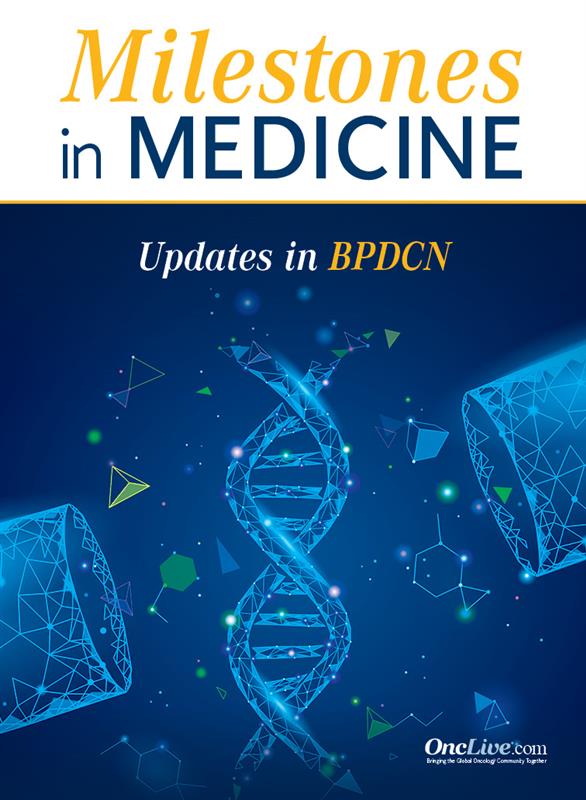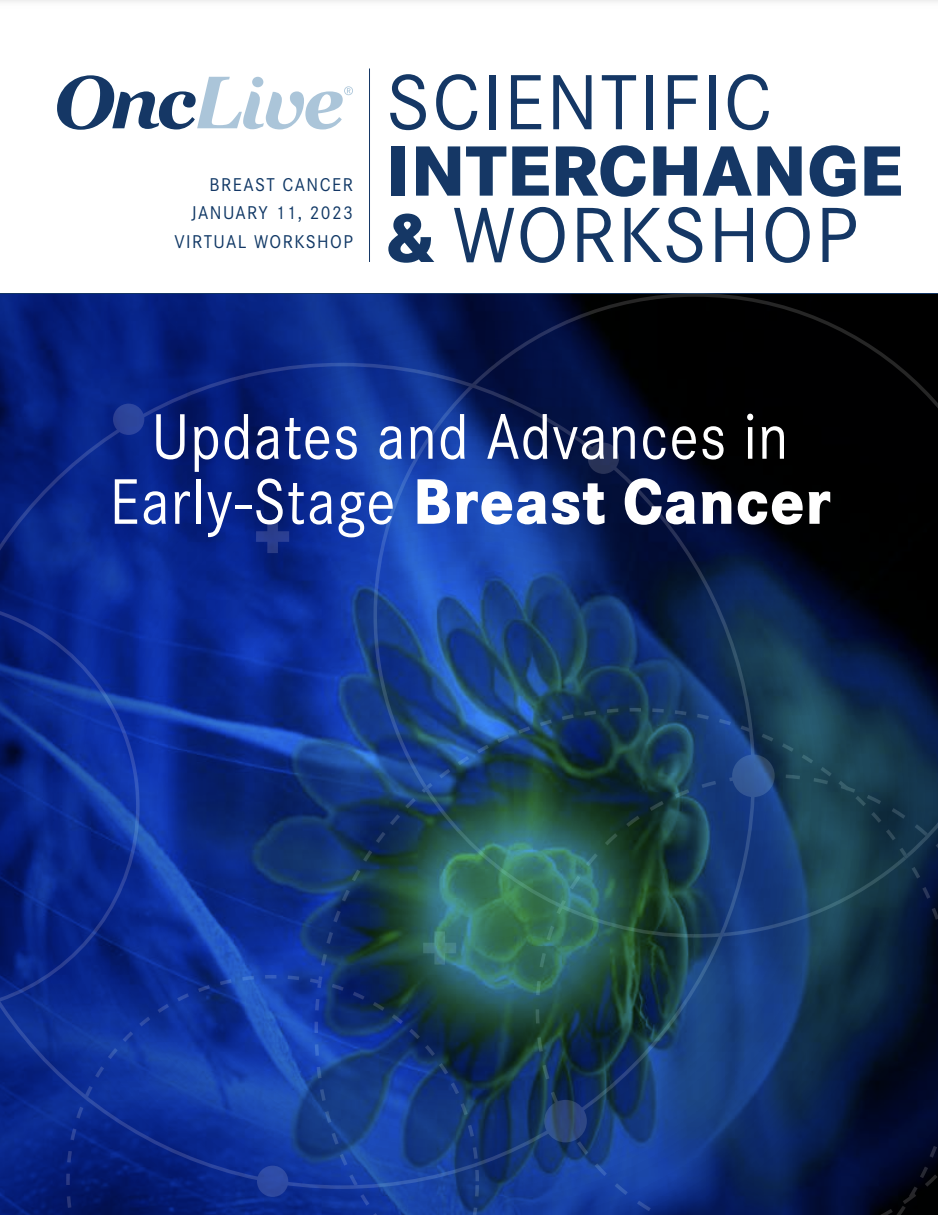Publication
Video
Dr. Wang on Ongoing Clinical Trials in BPDCN
Author(s):
Eunice Wang, MD, discusses ongoing clinical trials for patients with blastic plasmacytoid dendritic cell neoplasm.
Eunice Wang, MD, chief the Leukemia Service, the Department of Medicine, Roswell Park Comprehensive Cancer Center, discusses ongoing clinical trials for patients with blastic plasmacytoid dendritic cell neoplasm (BPDCN)/
A phase 1/2 trial (NCT03386513) evaluating a newer antibody-drug conjugate (ADC), pivekimab sunirine (IMGN632), is underway at Roswell Park Comprehensive Cancer Center and other academic sites. Similar to tagraxofusp-erzs (SL-401; Elzonris), which is an ADC approved for the treatment of BPDCN, pivekimab sunirine targets CD123; however, this agent utilizes an indolinobenzodiazepine cytotoxic alkylating payload, which can induce direct cell death and potentially will not cause the adverse effect of capillary leak syndrome, Wang explains.
In a first-in-human phase 1/2b trial (NCT03386513) in patients with relapsed/refractory BPDCN, pivekimab sunirine elicited a complete response with or without complete hematologic recovery in 2 of 9 patients with BPDCN, and 1 patient experienced a partial response. Investigators are currently exploring if delivering pivekimab sunirine in the up-front setting could deliver equivalent or greater efficacy with a safer toxicity profile, Wang emphasizes.
Moreover, investigators are beginning to explore the incorporation of venetoclax (Venclexta) and azacitidine (Onureg). This regimen is used for the treatment of older patients with acute myeloid leukemia (AML), which is a related disease but is often confused with BPDCN, Wang explains. Since BPDCN cells also express high levels of BCL2, there is rationale to combine venetoclax and azacitidine with an ADC, since the venetoclax/azacitidine regimen is well tolerated by older patients, Wang notes. An ongoing phase 1 trial (NCT03113643) is evaluating tagraxofusp plus venetoclax and azacitidine in patients with AML, high-risk myelodysplastic syndrome, or BPCDN.
Lastly, immunotherapeutic approaches, such as CAT T-cell therapy. hold potential promise in BPDCN, Wang says. Overall, it is hoped that these clinical trials can help develop new agents and regimens that can translate into extended survival for patients with BPCDN, particularly for those individuals who are not eligible for curative transplant, Wang concludes.










